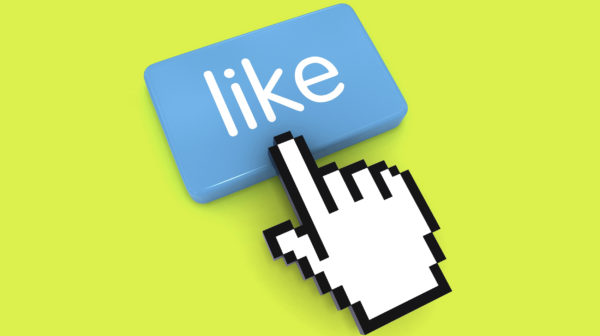Emotional connections and storytelling are the heart and soul of effective branding. Everyone knows that.
Indeed, this is a bedrock principle of consumer marketing. Branding professionals know that a dispassionate approach won’t cut much ice with their audience and that it’s far more effective to tell a story—one that resonates emotionally, believably and memorably with customers.
Of course, that’s B2C. Emotion-based content can sell cars and running shoes, but it’s not right for B2B content, which should be factual, detached and logical.
Shouldn’t it?
The reality is that emotions figure much more importantly than logic, reason and product specs in B2B buying decisions, according to a CEB-Google study. What’s more, the study found, a larger proportion of B2B customers are emotionally attached to the brand they purchased than their B2C counterparts: “[B2B] buyers may try to make rational decisions but are often influenced by gut feelings and emotions…whether consciously or not.”
Those findings underscore the importance of emotions and storytelling in the B2B world. Yet the power of storytelling remains widely underappreciated. In a survey of B2B content developers by marketing guru Ann Handley, only 41% expressed a desire to become more proficient at storytelling.
From our perspective, those 41% understand something that the other 59% may fail to grasp: that emotion-free B2B marketing content can actually weaken the message and leave customers cold. A story puts the customer in the picture—pain points, desires and all.




